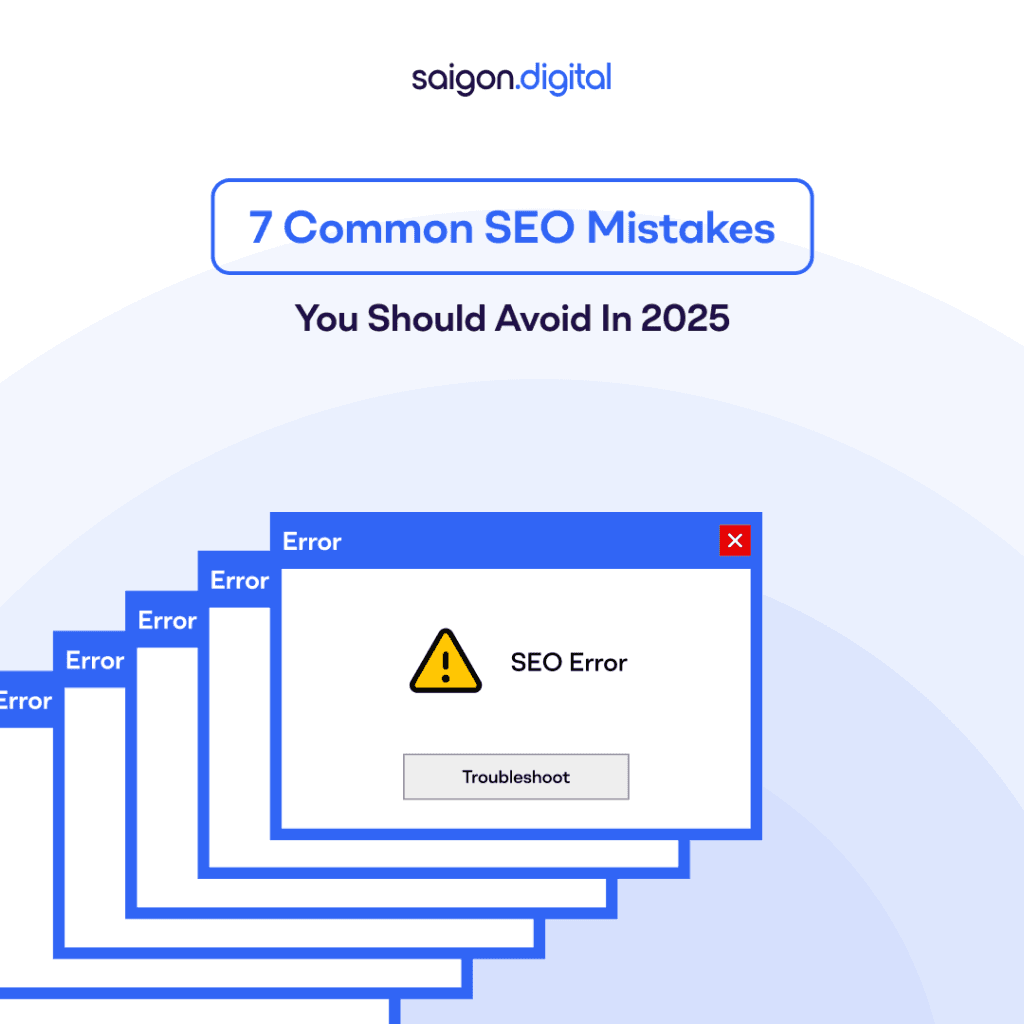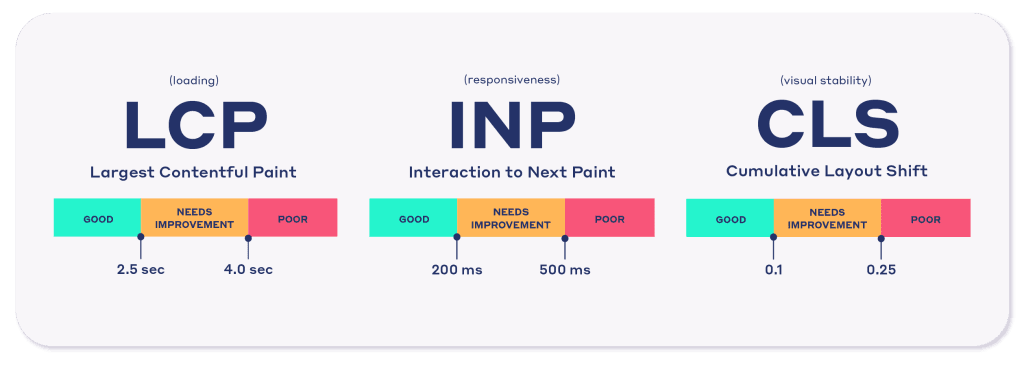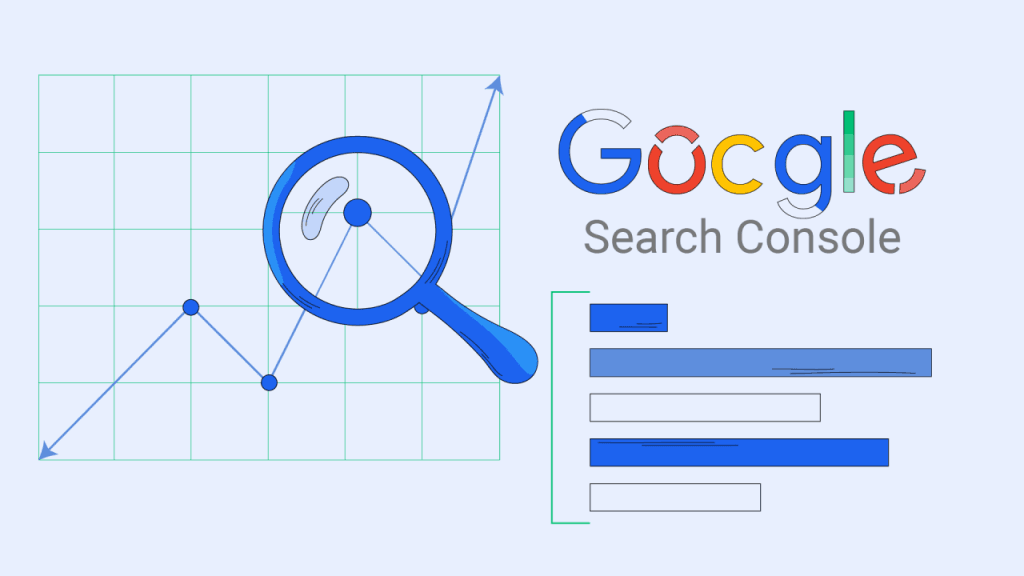
Mistake 1: Neglecting Search Intent
One of the most critical SEO mistakes still plaguing websites in 2025 is failing to align content with search intent . Search intent refers to the reason behind a user’s query, are they looking for information, ready to make a purchase, or trying to compare products? Why it’s a mistake: Google's algorithms have become incredibly adept at interpreting intent. If your content doesn’t match what the user is really searching for, your page will struggle to rank, no matter how well optimised it is. Example: A user searching for “best laptops for video editing” isn’t looking for a generic product page. They’re expecting a well-researched list, comparisons, and maybe even user reviews. What to do instead:- Use tools like Google’s “People also ask” section to understand intent.
- Analyse top-ranking pages to see how they approach the topic.
- Create content that directly satisfies that intent, whether it’s informational, navigational, or transactional.
Mistake 2: Ignoring Core Web Vitals and Page Experience
In 2025, user experience is SEO. Google's Page Experience Update and Core Web Vitals , rolled out in recent years, is no longer a “nice to have”, it’s essential. And yet, many websites still make the mistake of overlooking these technical metrics. Why it’s a mistake: Slow loading times, poor mobile optimisation, and intrusive pop-ups can severely damage your rankings, even if your content is exceptional since visitors are likely to skip the hassle and move on to better websites. Key metrics to focus on:- Largest Contentful Paint (LCP): Measures loading performance.
- First Input Delay (FID): Measures interactivity.
- Cumulative Layout Shift (CLS): Measures visual stability.
- Compressing images and using next-gen formats like WebP.
- Leveraging a content delivery network (CDN).
- Ensuring your site is mobile-friendly and uses responsive design.

Mistake 3: Overlooking E-E-A-T (Experience, Expertise, Authoritativeness, Trustworthiness)
Google’s E-E-A-T framework is playing an increasingly prominent role in determining how content ranks. Failing to establish these signals is one of the more subtle but damaging enterprise SEO mistakes. Why it’s a mistake: In sectors like health, finance, and law, known as Your Money or Your Life (YMYL) niches, Google wants to ensure users are receiving accurate and trustworthy information. But even in other industries, a lack of visible expertise can harm your SEO. What you can do:- Include author bios with credentials.
- Link to authoritative sources.
- Gain mentions from other trusted websites (digital PR can help here).
- Ensure consistency in branding and content tone.
Mistake 4: Keyword Stuffing and Poor On-Page Optimisation
While the practice of keyword stuffing is often seen as an outdated tactic, it still appears regularly, especially on websites managed by small business owners trying to do SEO without professional help. Why it’s a mistake: Overusing keywords can make your content unreadable and trigger spam filters in Google’s algorithm. Other on-page errors include:- Missing title tags or poorly written ones.
- No H1 tags or multiple H1s on a page.
- Irrelevant or duplicate meta descriptions.
- Focus on natural keyword placement and semantic keywords.
- Structure content with proper header hierarchy (H1, H2, H3).
- Use SEO tools like Surfer SEO or Clearscope to analyse content structure and keyword density.
Mistake 5: Neglecting Technical SEO
Technical SEO is often the dividing line between a site that performs and one that flounders. Among the most common SEO mistakes, especially for enterprise-level sites, is overlooking crawlability, indexation issues, and URL structure. Why it’s a mistake: Even if your content is brilliant, search engines won’t rank it if they can’t properly crawl or index it. Technical mistakes include:- Broken internal links.
- Duplicate content caused by poor canonicalisation.
- No XML sitemap or robots.txt file errors.
- Incorrect use of structured data/schema markup.
- Regular technical audits using tools like Screaming Frog, SEMrush, or Ahrefs.
- Create and submit a sitemap through Google Search Console.
- Implement structured data (e.g., FAQ, product schema) to enhance rich results.

Mistake 6: Failing to Build and Maintain Backlinks
Despite all the advances in Google’s algorithm, backlinks remain a vital ranking factor. Yet many businesses either ignore link-building altogether or engage in outdated practices. Why it’s a mistake: Low-quality backlinks or no backlinks at all can stunt your SEO growth. Common backlink-related mistakes:- Buying spammy links.
- Using irrelevant anchor text.
- Not disavowing toxic links.
- Having a weak internal linking strategy.
- Create link-worthy content (original research, infographics, white papers).
- Reach out for guest post opportunities.
- Use tools like Ahrefs to monitor and analyse your backlink profile.
- Link internally to strengthen site architecture and pass authority.
Mistake 7: Lack of a Holistic SEO Strategy
Perhaps the most pervasive of all SEO mistakes to avoid is treating SEO as a one-off project instead of an ongoing strategy. This is especially common among small business owners, who may only “do SEO” when traffic dips or a competitor outranks them. Why it’s a mistake: SEO success is cumulative. It takes time, consistent effort, and alignment with business goals. Common symptoms:- Sporadic blog posting.
- No keyword research updates.
- Ignoring analytics and performance tracking.
- No alignment between SEO and broader marketing efforts.
- Plan out a detailed SEO strategy.
- Creating a content calendar.
- Regularly reviewing keyword and competitor data.
- Integrating SEO into product launches, campaigns, and social media strategies.
- Hiring or consulting with SEO professionals when needed.





